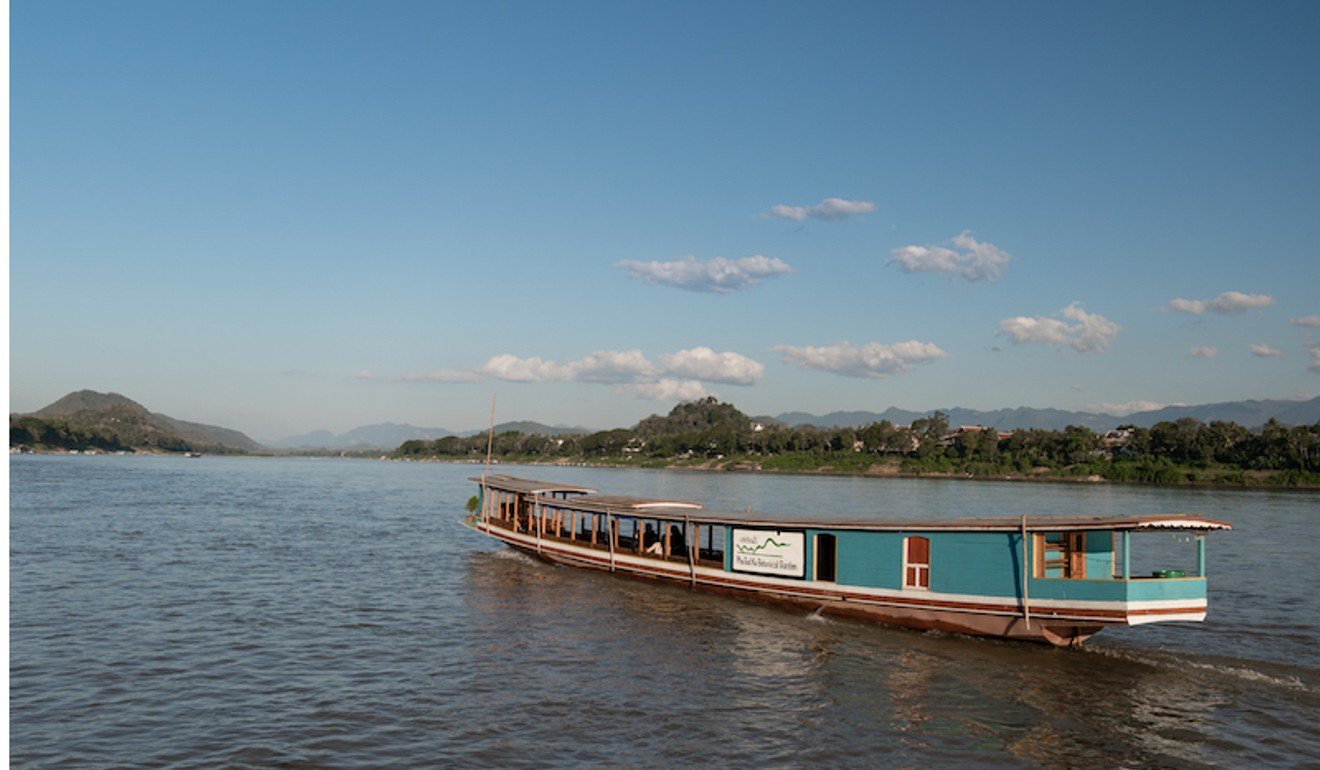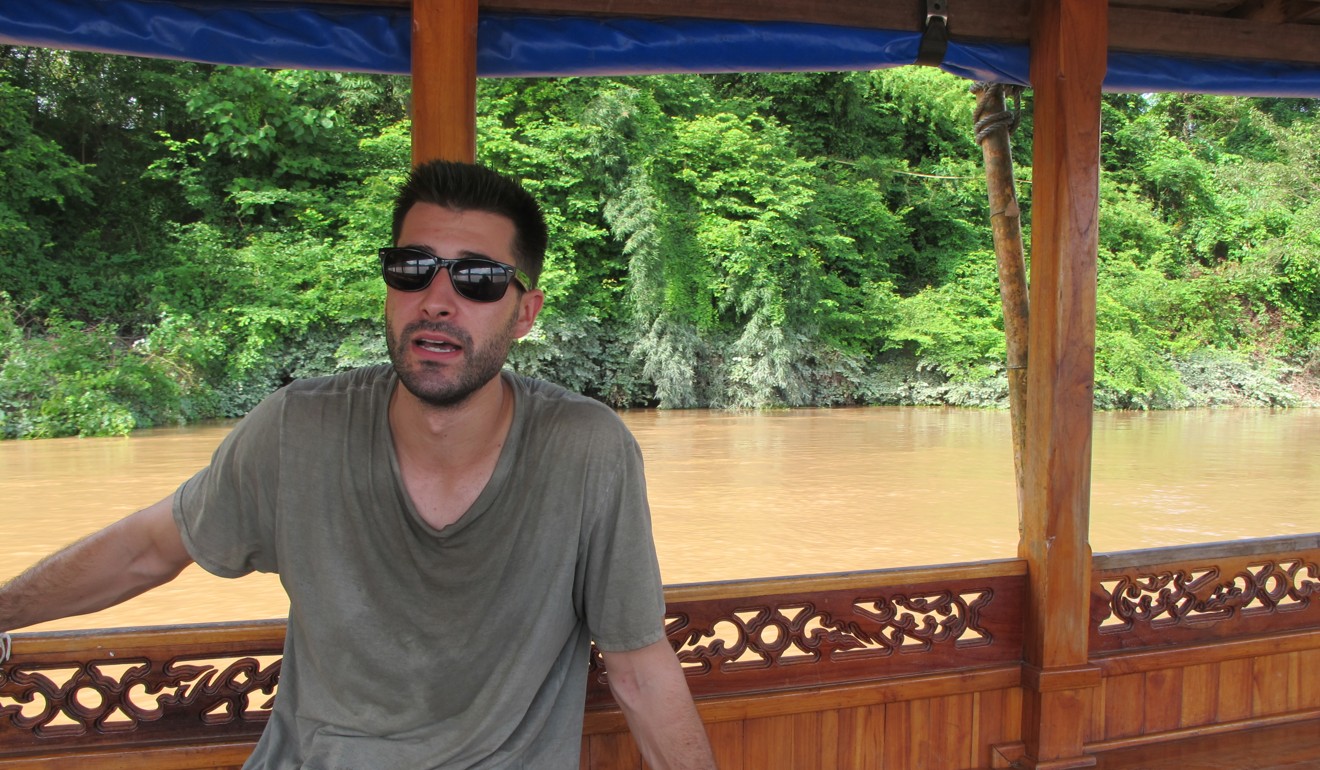
How a Dutch visitor fell in love with Laos’ Luang Prabang, stayed and built a botanical garden
Rik Gadella got the idea for the garden 11 years ago after a week’s holiday in Luang Prabang. He rented some land and spent years building up his collection of indigenous plant species

Luang Prabang, the royal capital of Laos before it became a communist nation in 1975, tends to attract the world-weary.
“I was tired of the art world,” says Rik Gadella, founder and chief investor in Pha Tad Ke Botanical Garden, which opened last year 2km (1¼ miles) outside Luang Prabang. It’s a 10- to 20-minute boat rode down the Mekong River, depending on the current.
Gadella, a Dutch national, spent 25 years organising art exhibitions and publishing art books in Paris and New York before he visited Luang Prabang 11 years ago for a one-week holiday and ended up falling in love with the peaceful place.
He decided to extend his stay for another three months, and then some. Gadella chanced upon the Pha Tad Ke site when looking for a small plot of land to build a bungalow where he could catch up on some reading and practise meditation.

Impressed by the location – formerly the hunting pavilion of the viceroy of Luang Prabang – Gadella hatched a plan eight years ago to rent and transform the 15 hectares of surrounding degraded forest into a botanical garden. Not that he knew anything about botany or gardening.
The former art dealer by that time did know about Luang Prabang, however, and felt that a botanical garden would add to its attractions as a Unesco World Heritage Site. “Nature and ethno-botany are also about heritage,” says Gadella.
To finance the project, Gadella had to sell his publishing company and borrow money from a wealthy uncle. Most botanical gardens depend on government subsidies to survive, but Laos ranks among the world’s poorest nations and appears to have other budget priorities than preserving its biodiversity and botanical heritage.
“There are no nurseries in Laos,” Gadella says. “Everything we have here we had to collect ourselves. We have concentrated on the flora of Laos, our plants are used every day by Lao people.”

There are more than 1,200 different plant species in the garden, arranged in sections such as the ginger garden, ethno-botanic garden, palm garden, bamboo garden, and organic and educational gardens. Subsections include the poison plant garden and one dedicated to plants said to placate spirits.
The garden is an educational experience, with detailed descriptions of species on signs that require some concentration, and perhaps reading glasses.
Other attractions include the limestone habitat, a cave (only accessible for six months of the year), mist house and orchid nursery.
One of the most popular attractions is the cafe, offering exotic and healthy Lao cuisine in an oasis of greenery and peacefulness.
“People love eating there,” says Andrea Vinsonneau, product manager for Exo Travel. “They love the food, they love the setting. It’s important because everyone is a foodie nowadays.”

Another draw is the boat ride to and from the garden. As part of its Unesco World Heritage Site status, no buildings are permitted on the opposite bank of the Mekong River to Luang Prabang. The hills are still covered in trees, which makes for a scenic boat ride.
“On TripAdvisor a lot of people are saying the boat ride alone is worth it,” says David D’Angelo, marketing director of Pha Tad Ke, who describes visitors as “largely people who are passionate about gardens, which is a small number of people”.
“It helps that we are second out of 97 things to do [in Laos] on TripAdvisor,” he says. About 70 per cent of visitors to the garden hear about it through TripAdvisor, he adds.
Keeping the botanical garden a sustainable investment has proved challenging.

“We’re diversifying our product here … I think we’re going to capitalise on high-margin profit,” D’Angelo says.
He is networking with Luang Prabang’s numerous five-star hotels to include a visit to the garden as part of their package, with yoga and meditation courses, cooking courses, tea demonstrations and even Mice [meetings, incentives, conferences and exhibition] events.
The Chinese market, arguably the future for Luang Prabang now that a Laos-China railway is under construction, is not yet part of the business plan.
“Our guests are mostly Europeans and North Americans, with some Japanese and Koreans, a few Thais, but no Chinese,” D’Angelo says.